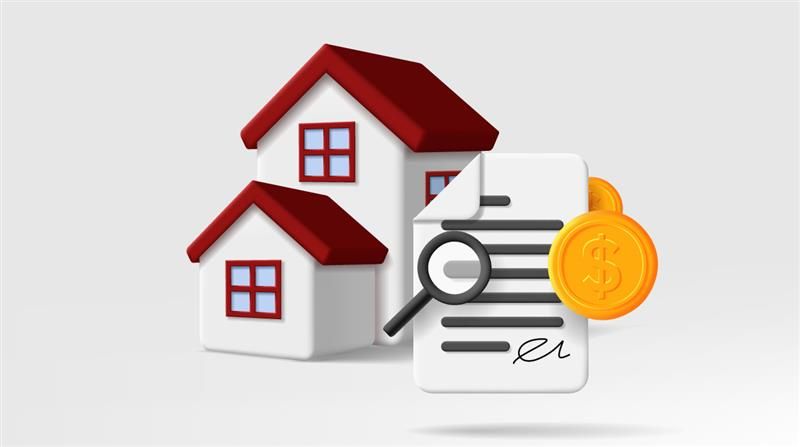






As a Dubai homeowner, you might find yourself dreaming about extra funds—maybe for that kitchen renovation, a promising investment opportunity, or simply to grab a better interest rate while the markets in your favor. Naturally, this raises an intriguing question: can you stack a second mortgage onto your existing one?
Let's dive into what's actually possible in the UAE market, why the rules are what they are, and discover the smart alternative that could work even better for your goals.
Here's the deal: UAE banking regulations draw a firm line when it comes to multiple mortgages on a single property. Unlike certain international markets where you can layer additional loans onto your existing mortgage, Dubai's banks won't register more than one mortgage against your title deed. It's simply not in the cards.
But before you feel discouraged, there's excellent news. Homeowners can pursue remortgaging—essentially trading in your current mortgage for a brand new one, typically with a different lender. This approach lets you restructure everything: your loan terms, your repayment schedule, and even access the equity that's been building in your property.
Think of remortgaging by hitting the reset button on your home loan. You're replacing your existing mortgage with a completely new one, usually from another lender. This isn't the same as a product transfer, where you simply adjust terms with your current bank without switching lenders.
The remortgaging journey in Dubai involves three key moves:
Yes, there are fees and paperwork involved, but the potential benefits often make it worthwhile, depending on what you're trying to achieve.
Capture Lower Interest Rates
If rates have dipped since you signed your original loan, remortgaging could slash your monthly payments or reduce what you'll pay over the life of your loan.
Swap Uncertainty for Stability
Currently riding the waves of a variable or EIBOR-linked mortgage? Switching to a fixed-rate product gives you predictable payments and eliminates the stress of rate fluctuations.
Unlock Your Property's Hidden Value
Need cash for home improvements or eyeing another investment? Remortgaging lets you borrow against your home's increased value, releasing equity you can actually use.
Reshape Your Loan Timeline
Some homeowners accelerate their journey to build wealth by opting for a property equity loan, allowing them to shorten their loan term and own their property faster. Others extend the term to lighten monthly payments. Remortgaging gives you the flexibility to align your mortgage with your financial roadmap.
Property Valuation
Your new lender kicks things off by assessing your property's current market worth.
Eligibility Check
You'll need to tick the standard boxes: steady income, stable employment, manageable debt levels, and a solid credit profile.
Liability Letter
Your existing bank provides documentation showing exactly how much you owe on your current mortgage.
Approval and Offer
Once everything check out, your new lender presents a final offer detailing your terms, rate, and repayment structure.
Settlement and Registration
The new bank pays off your old mortgage, and the Dubai Land Department updates your title deed to reflect the new lender. Keep in mind the associated costs: valuation fees, processing charges, and the DLD mortgage registration fee of 0.25% of your loan amount.
While Dubai's regulations close the door on second mortgages, they've left the window to remortgage wide open—and it's often the smarter route anyway. Whether you're chasing lower monthly payments, locking in rate stability, or accessing equity for your next big move, remortgaging can help you optimize your financial position.
Like any significant financial decision, having expert guidance makes all the difference. A knowledgeable mortgage advisor can help you evaluate options, compare what different lenders offer, and navigate the documentation maze with confidence.
If you've been contemplating refinancing your Dubai home loan or wondering about second mortgage possibilities, remortgaging might just be your golden ticket to better financial flexibility.